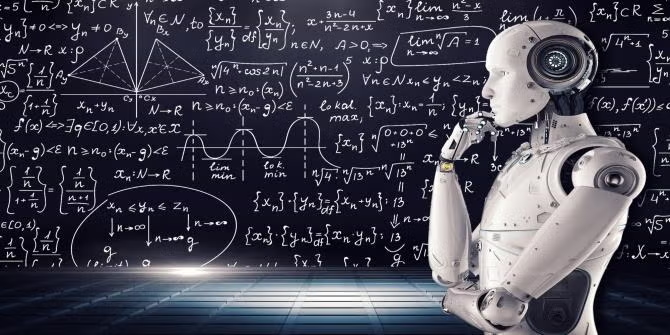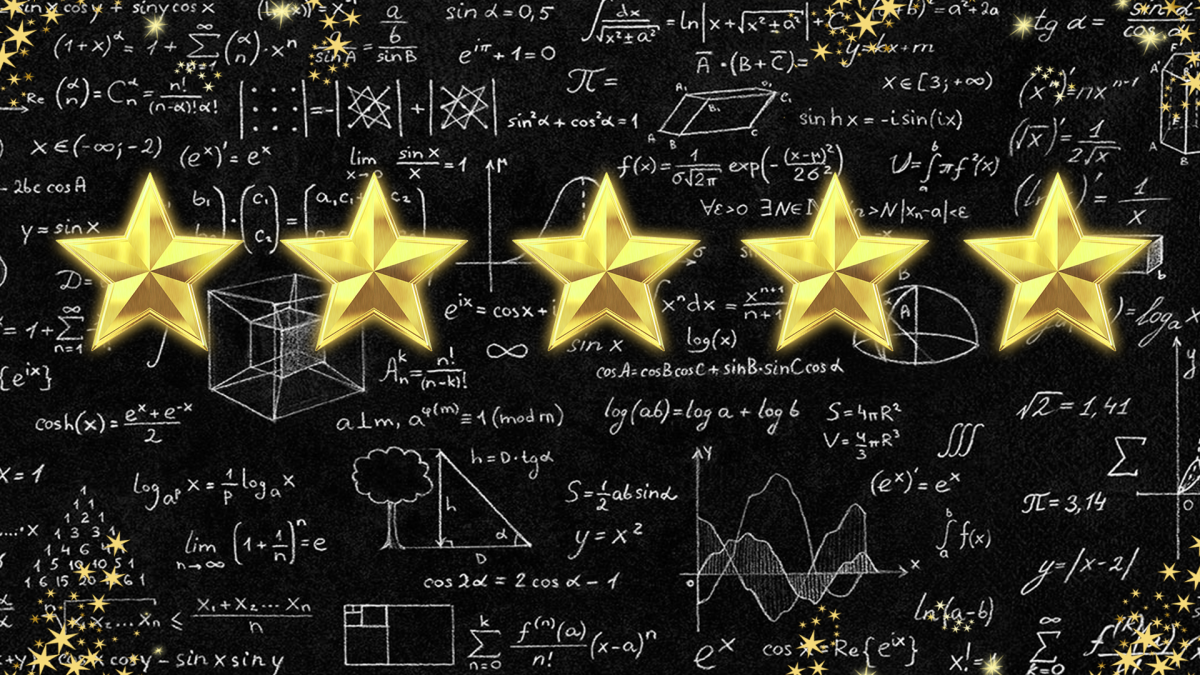Grades:
1st Grade, 2nd Grade, 3rd Grade
In this lesson the students will listen to the book THE WATCHER: Jane Goodall's Life with the Chimps and then engage in building a tool to collect the most ants in a timed setting.
Grades:
3rd Grade
In this lesson there will be several small activities; on the first day students sort seeds and describe the different characteristics of the seeds; as an introduction and to engage students. Students
Grades:
10th Grade, 11th Grade, 12th Grade
Students will unravel the intricacies of environmental impact analysis, gaining insight into its pivotal role in evaluating the sustainability of chemical processes. Through a blend of explanation
Grades:
4th Grade
In this lesson, the students will list various kinds of animal adaptations. Demonstrate an understanding of how an animal's adaptations help it to live in its particular environment. Recognize typical
Grades:
9th Grade, 10th Grade
This is a lesson that shows how mutations can cause evolution and speciation. Students will also create graphs by using their data.
Grades:
5th Grade
Biologists have noticed that the saguaro mortality rates have increased in Central and Southern Arizona. They don’t know why - but they have some ideas. In this unit, students will learn more about
Grades:
5th Grade
Biologists have noticed that the saguaro mortality rates have increased in Central and Southern Arizona. They don’t know why - but they have some ideas. In this unit, students will learn more about
Grades:
6th Grade
Students will track and collect data on the growth of micro-greens. They will also make a time lapse animation of the growth of the micro-greens.
Grades:
7th Grade
The emphasis of this lesson is for students to see that their heart rate will increase after 1 minute of jumping jacks because the cells need additional oxygen while exercising, making their heartbeat
Grades:
4th Grade
Students will act as scientists who are tasked with designing and modeling a new plant that has special adaptations to help it survive in an extreme environment!
Grades:
1st Grade, 2nd Grade, 3rd Grade
This lesson is intended as a follow up to the Closer Look at Worms lesson. In this lesson, students explore the video creation platform, FlipGrid or alternative app, and make their own videos. They
Grades:
2nd Grade
Students will learn about the life cycle of a butterfly. After learning about the butterfly life cycle, students will engineer a butterfly out of various materials and make it fly without touching it.
Grades:
11th Grade, 12th Grade
This lesson is designed for 11 & 12th grade anatomy and physiology students. Students will design and execute a lab where they record their own electrical conduction system of the heart.
Grades:
6th Grade, 7th Grade
Students will be presented with the phenomenon of a plant that has been sealed in a bottle for over 50 years. In this lesson students will participate in investigations, conduct research, and utilize
Grades:
7th Grade, 8th Grade, 9th Grade, 10th Grade, 11th Grade
This is a lesson that can be taught in 5 days or one week. The lesson was put together in collaboration with the Smithsonian Science Education Center. It talks about global goals (one of which is food
Grades:
2nd Grade
Students will learn about the adaptation of camouflage through picture books and research. They will then learn about animals specific to the area. (In this lesson, we are using the Bill Williams
Grades:
9th Grade, 10th Grade, 11th Grade
This is a week-long set of lessons building on the structure and function of skin. The first few days will have students using technology to complete research. Students will also explore the
Grades:
9th Grade
Students will grow two plants, one control and one with a manipulated independent variable. Throughout the time the plant grows students will monitor the plants and make observations. They will also
Grades:
2nd Grade
In this culminating project, students will construct a model demonstrating how plants need energy to survive and thrive, including air, water, certain temperature conditions, and sun energy. Students
Grades:
9th Grade, 10th Grade
In this hands-on lesson, students will obtain, evaluate and communicate data to explain the relationship between cellular respiration and the body systems used in exercise.
Grades:
6th Grade
Students learn what an urban heat island is and why it is a problem, specifically for Phoenix, and the effect people have had on the environment that caused this problem. Students will design a
Grades:
3rd Grade
Explore the world of fungi by exposing students to how mushrooms grow, the differences between plants and fungi, growing mushroom examples in the classroom, dissecting various mushroom samples and
Grades:
3rd Grade
Continue the exploration of fungi and harvest the grown mushrooms in the classroom with this engaging lesson! Students will build a model of a chosen mushroom type, taste test and record observations
Grades:
5th Grade
In this exciting 5th grade science lesson, students will delve into the microscopic world using microscopes and explore the field of nanotechnology. The lesson begins with an engaging introduction to
Featured Lesson Plans
Check out these notable lesson plans.

Featured
Data Science Inquiry: Me and We
Grades:
6th Grade, 7th Grade, 8th Grade
This engaging lesson is the 2nd lesson in a series of 2 focused on data science inquiry. Students use their My Data Portraits from Lesson 1 for data collection, analysis, presentation, reflection and

Featured
Quail Farming
Grades:
5th Grade, 6th Grade, 7th Grade, 8th Grade
Students will learn about the three pillars of sustainability through their quail farm. They will incubate, raise and restock their quails in order for them to be sustainable regardless of what

Featured
Ozobot Karaoke
Grades:
4th Grade, 5th Grade, 6th Grade, 7th Grade, 8th Grade
In this lesson, students will combine the fields of coding and robotics with music to program an Ozobot to "sing" a familiar song. Students will learn about music concepts such as notes and octaves


